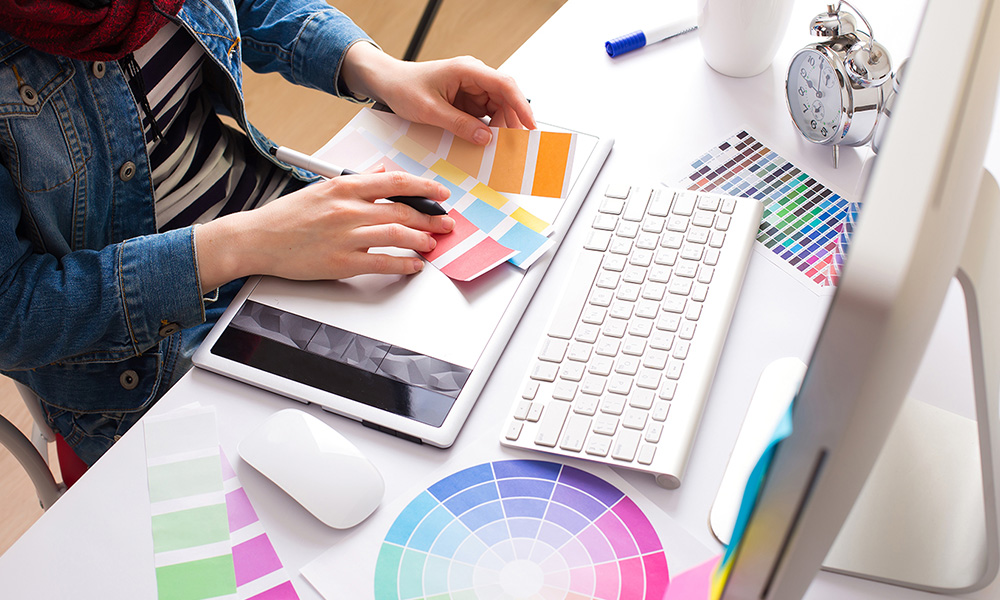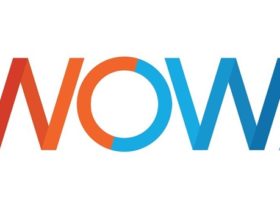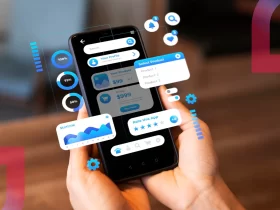Introduction
Gone are the days when B2B tech websites were cluttered, jargon-heavy, and visually uninspired. Today’s digital-first environment demands a refined approach where modern design meets strategic functionality. For tech companies selling to other businesses, the challenge is to deliver information-rich experiences without sacrificing aesthetic quality.
The secret lies in harmonizing design and usability to build trust, enhance engagement, and simplify complex ideas. Let us explore how this balance can be achieved in three essential steps.
Visual Intelligence – Designing with Purpose
Visual design is not just about making a site look good—it is about making it feel trustworthy and professional. In B2B tech, your first impression often comes through a homepage or landing page. What users see within seconds will shape how they perceive your product.
Key elements of effective visual design in tech include:
- Consistent branding across all pages, from typography to color palettes.
- Whitespace to improve content readability and reduce cognitive load.
- Custom illustrations or icons to explain abstract services like cloud infrastructure or AI.
But visual intelligence also means restraint. Too many animations, complex gradients, or clashing visuals can distract rather than delight. For B2B audiences, clarity always wins over artistic excess.
Strategic Functionality – Design That Works
While aesthetic design draws users in, functionality keeps them engaged. B2B buyers are not browsing for fun; they are on a mission to solve a problem. Your website should streamline that mission.
Functional design best practices include:
- Logical navigation that allows users to find product specs, case studies, or contact forms within seconds.
- Responsive design that ensures usability across devices—especially important for decision-makers browsing on tablets or smartphones.
- Interactive tools, like product demos or pricing calculators, that let users explore value without talking to sales.
This layer is also where performance matters. Fast loading speeds, minimal downtime, and mobile optimization are not just technical details—they are business essentials that reflect the reliability of your tech offering.
Communication Layer – Guiding the Decision Journey
A B2B tech website must act as a silent salesperson, guiding users from awareness to action. This requires seamless integration of content, design, and call-to-action elements.
Tactics for effective user journey design:
- Scannable content structure, using headings, bullet points, and visuals to aid comprehension.
- Micro-interactions (like hover effects or animated form confirmations) that provide feedback and keep users engaged.
- Contextual CTAs are placed strategically throughout the journey, based on buyer intent.
Above all, the design must support storytelling. Through use cases, success metrics, and client testimonials, your design should help tell a persuasive story of transformation and value.
Conclusion: Where Beauty Meets Logic
Designing for B2B tech is not about choosing between beauty and functionality—it is about aligning the two. When aesthetics is used to support usability, and functionality is designed with empathy, the result is a digital experience that converts visitors into loyal partners.
Great design in tech is intelligent, purposeful, and invisible. It supports business goals by making the complex simple, and the digital human.







Leave a Reply